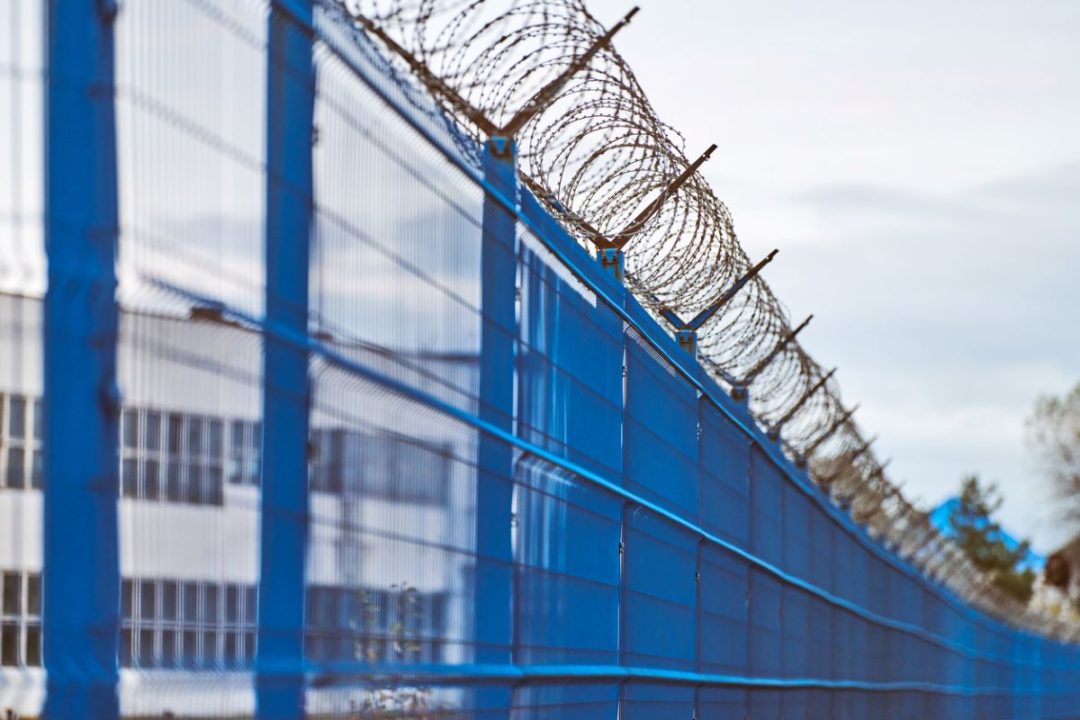
Think Tank
New Actions from the White House Highlight the Difficulty of Tracing Forced Labor in Supply Chains

Photo: iStock.com/TRAVELARIUM
In late November, the Biden Administration announced a slate of new initiatives and policies aimed at strengthening the U.S. supply chain and tackling the continued problem of forced labor around the world, among other goals. This was soon after the Department of Labor (DOL) provided updated guidance on their Comply Chain website to offer “businesses a comprehensive set of best practices for developing strong, worker-driven social compliance systems to reduce child labor and forced labor in supply chains.”
Earlier this year, I wrote about the enhanced efforts by the U.S. Customs and Border Protection (CBP) to prohibit the import of goods tied to forced labor. This followed the Uyghur Forced Labor Prevention Act (UFLPA) and various sanctions activities that aim to dissuade countries and organizations from continuing to utilize forced labor practices.
These constitute a lot of policy updates and initiatives continuing to roll out in a short timeframe, which begs the question — have previous efforts to curb forced labor in supply chains not been effective? Further, what makes tracing and addressing these violations so difficult for today’s supply chain managers, and what can they expect from these new efforts?
The Challenges of Tracing Forced Labor
Supply chains today are both complex and opaque, making it difficult for supply chain managers to fully assess their suppliers’ — especially lower-tier vendors — connection to forced labor. A wide variety of regulations that differ by region means it’s difficult to organize and coordinate supplier information up and down the whole chain. The German Supply Chain Due Diligence Act (a.k.a. the LkSG), for example, has several specific reporting requirements that may not be required by any other regulations. This means a supply chain team may need to focus on some areas of compliance reporting that won’t necessarily be used elsewhere. When the SEC finalizes its requirements, there will be some information a company has gathered for the LkSG that won’t fit the parameters of the new U.S. rules. Thus, additional work will need to be done to meet the new requirements, adding another layer of complexity to compliance efforts.
Most supply chains don’t have the processes in place to overcome these challenges, and detect patterns in the broader supply chain data that could point to potential forced labor practices. Being proactive is important here, but most supply chain technology stacks aren’t able to intelligently screen supplier names and ultimate beneficial owners (UBOs) for forced labor risks, let alone continue that monitoring.
New Actions Will Impact the Fight against Labor Rights Abuses
This latest volley of actions from the Biden Administration and the DOL are encouraging. They represent a more holistic approach toward mitigating these abuses. Compliance isn’t the sole barometer here; rather, the focus has turned to fostering responsible practices that businesses are encouraged to undertake since they ultimately benefit many parties up and down the supply chain.
Risk mapping, supervised by the DOL, is one of those practices the announcement specifically calls for. Risk mapping is the practice of visualizing data in order to track a certain risk along a supply chain. If a farm is likely using forced labor to harvest its crops, the supply managers can clearly identify the processing plants that buy from it, and the wholesalers who accept those processed products. From there, they can take the appropriate actions to alert them and/or have the processing plants divest from that source.
What Supply Chains Need to Make Real Progress
To make a real impact in the fight against forced labor, supply chains need two key attributes: transparency and accountability.
A prerequisite to both is data. Vast data sets can help supply chain managers proactively detect the potential of forced labor, and put in place preventative measures. Therefore, the ethical supply chain of the future is integrated with data providers and can screen risks intelligently and create a detailed map of risk — even at the most intricate levels of supplier data. This visibility is crucial in unlocking data-driven decision-making that will benefit the company and root out suppliers benefitting from forced labor. The hope is, of course, with buyers dropping left and right, those suppliers will either shutter or abandon their unethical practices.
Such data also facilitates accountability. It can speed along adjudication and escalation processes, providing a clear trail of abuse and the requisite proof all while instantly mapping key ties to suppliers in violation within the data sources.
Looking Ahead
Stamping out labor rights abuses has been a goal of U.S. administrations for decades now. While efforts of the past have met with mixed success, it’s fair to say that this latest round of action might make significant progress toward eradicating forced labor from our supply chains. In large part, this is because it enhances enforcement measures, and outlines stricter penalties for companies found to be in violation — a departure from many laws and policies in the past that have been relatively toothless.
Organizations across the board seem to be cautiously optimistic, with entities from The Consumer Brands Association to Moody’s suggesting that, while these actions won’t solve all of the issues in today’s supply chains nor end the issue of forced labor entirely, this may well be a meaningful milestone in the long-running effort. Now that the public sector has laid the groundwork for real change toward this important goal, it’s up to those organizations overseeing our crucial supply chains to take the next step.
Jag Lamda is chief executive officer of Certa.






